Bedding fabrics used in summer are generally known to be lyocell fiber (Tencel), silk, and linen. But in addition to these three types, there is another fabric material that fewer people know about, is more cost-effective, but is equally excellent, and that is bamboo fiber.
01-
Bamboo fiber What is it?
Bamboo fiber is fiber made from bamboo wood as raw material. It is divided into two types: native cellulose fiber and regenerated cellulose fiber. Native cellulose is bamboo original fiber, and bamboo regenerated cellulose fiber includes bamboo pulp fiber and bamboo charcoal fiber.
Bamboo raw fiber is a natural fiber obtained by degumming bamboo through physical processing. The preparation process is: bamboo material → making bamboo chips → steaming bamboo chips → crushing and decomposition → biological enzyme degumming → carding fibers → textile fibers. The overall process requirements are high and it is difficult to mass-produce, so the bamboo fiber fabrics on the market are still dominated by bamboo pulp fiber.
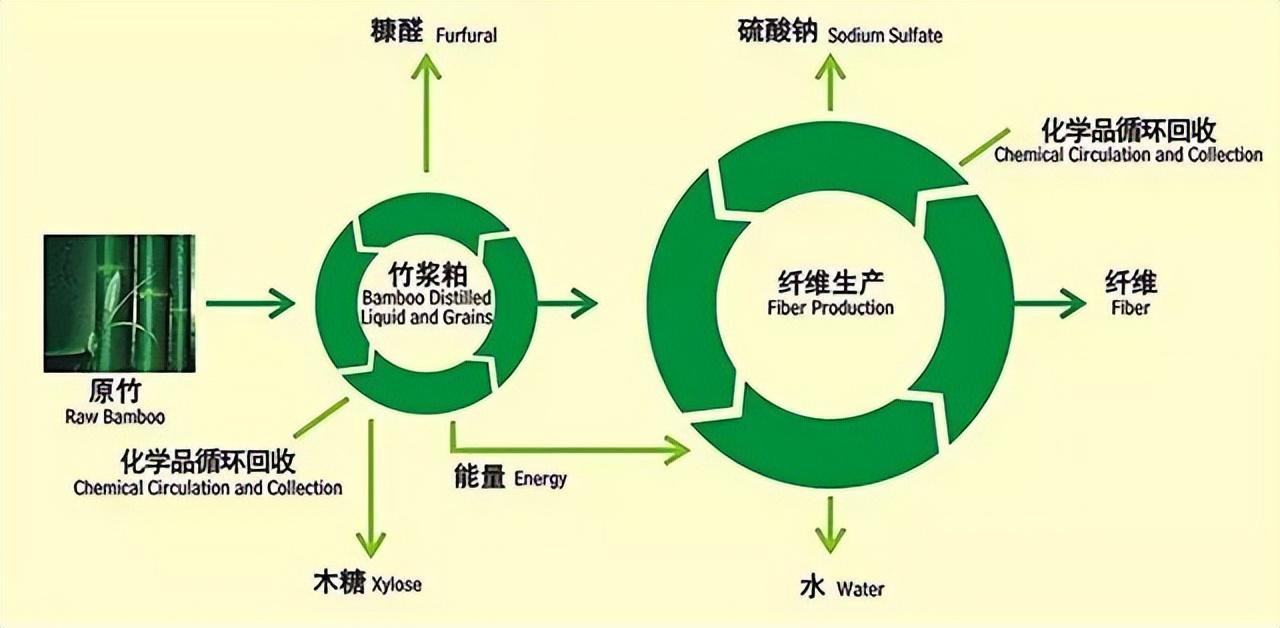
Bamboo pulp fiber is made by chemically dissolving bamboo into viscose bamboo pulp and then making pulp through spinning process. , mainly used in clothing and bedding. Common bamboo fiber products in bedding include: bamboo fiber mats, bamboo fiber summer quilts, bamboo fiber blankets, etc.
Bamboo charcoal fiber is made from bamboo into nano-scale powder, which is added to the viscose spinning solution through a special process. The fiber products produced through the spinning process are mostly used in Underwear, socks, towels.
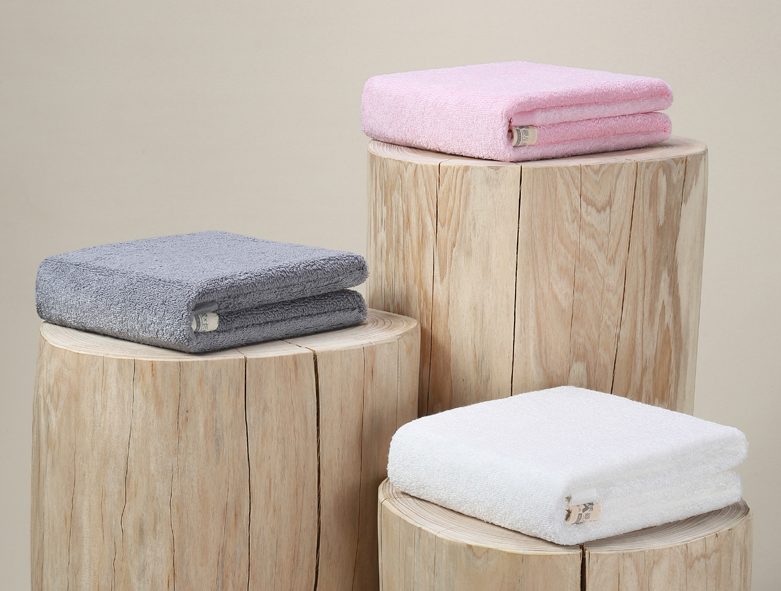
02-
Why is bamboo fiber so popular?
1. Built-in cooling effect
The hot and sticky summer always makes people unconsciously look for cool things. Bamboo fiber happens to have its own cooling effect.
Bamboo fiber is highly hollow, and fiber gaps are all over the fiber surface like capillaries. Therefore, it can instantly absorb a large amount of water and evaporate it. Under an environment of 36°C and 100% relative humidity, The moisture regain rate of bamboo fiber is as high as 45%, and its air permeability is 3.5 times that of cotton. Therefore, it absorbs moisture, dries quickly, and has a cooling effect. (Data source: Global Textile Network)
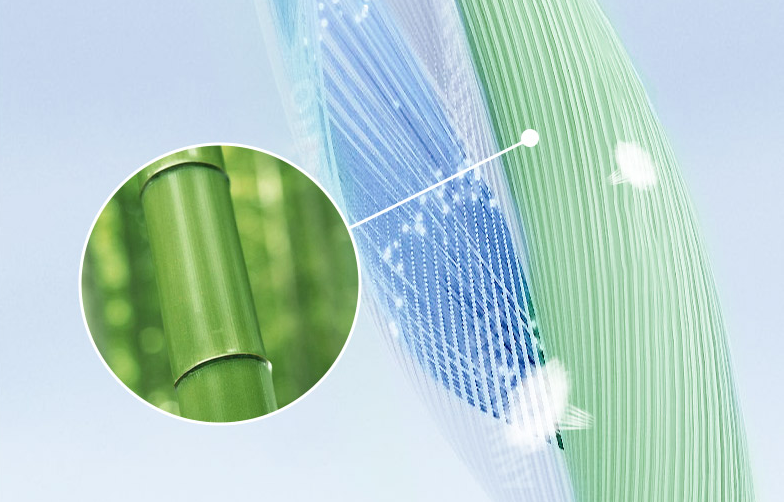
In hot weather, when the skin comes into contact with bamboo fiber fabrics, the body temperature is 3~4 lower than that of ordinary pure cotton materials. ℃, it can stay dry for a long time even in summer when sweating is easy, and it is not sticky.
2. Not easy to get moldy, sticky or smelly
The most worrying thing in summer is that a large amount of sweat adheres to bedding, breeds bacteria, and makes bedding sticky, moldy, and smelly.
In addition to its good moisture absorption and breathability, which can keep fabrics dry, bamboo fiber also contains the “bamboo kun” ingredient, which also has natural antibacterial and antibacterial properties. , which can prevent bacteria from multiplying and prevent bamboo fiber fabrics from getting moldy, smelly, and sticky even in warm and humid summers.
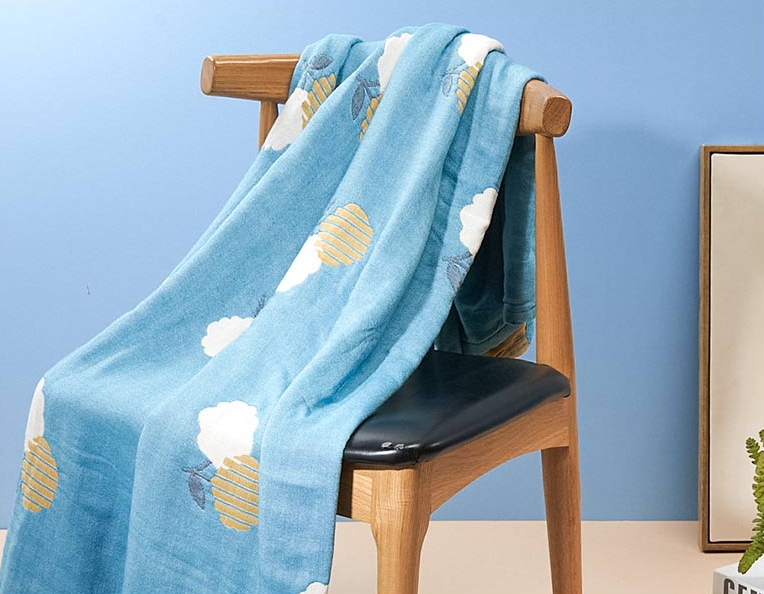
3. Comfortable and soft texture
The bamboo fiber surface has no curl and smooth surface, and the woven fabric Delicate, smooth, light and comfortable, it makes people feel cared for when in contact with the skin.
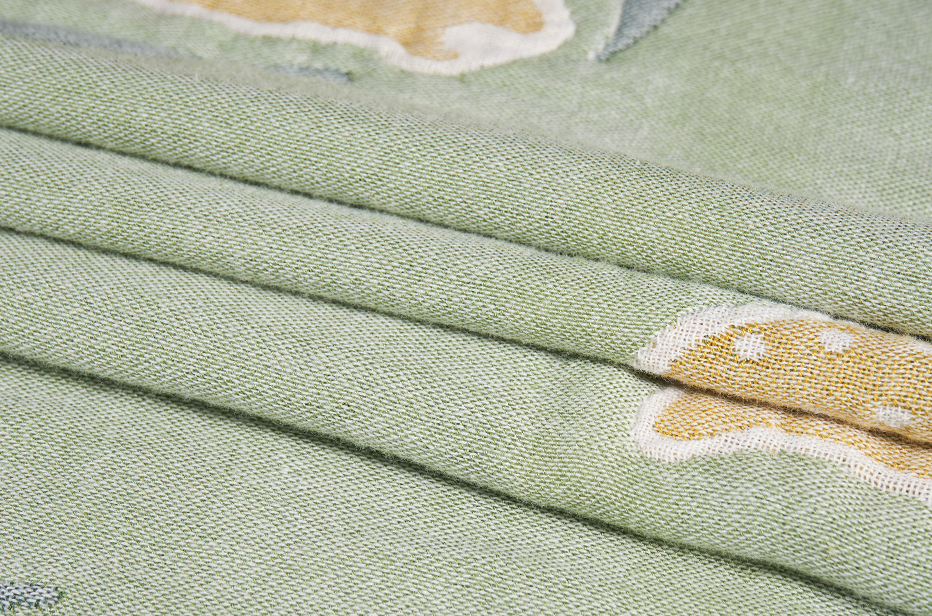
4. Green, healthy and environmentally friendly
Compared with other regenerated cellulose fiber raw materials such as wood, bamboo The growth cycle is shorter and can be used in 2-3 years, which can alleviate the problem of resource shortage to a certain extent. Moreover, fiber fabrics can naturally degrade in the environment and will not pollute the environment.
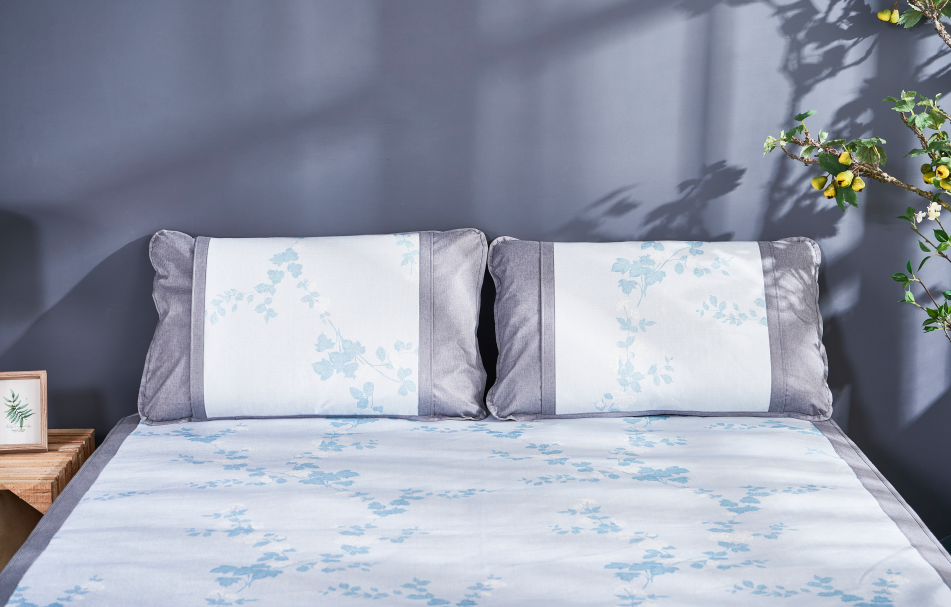
Many of the above advantages make bamboo fiber more in line with people’s needs for summer bedding, and it is very popular every summer. But here Xiaoyuan would like to remind everyone that most of the bamboo fiber bedding products currently on the market exist in the form of blends with cotton (also known as bamboo cotton), and most of them are fake and shoddy products. You need to pay attention to distinguish them when purchasing.






